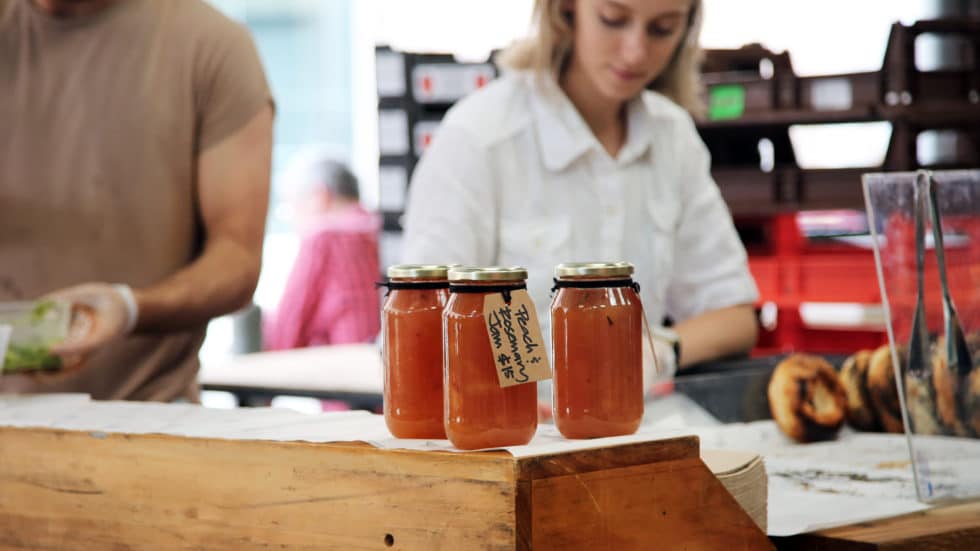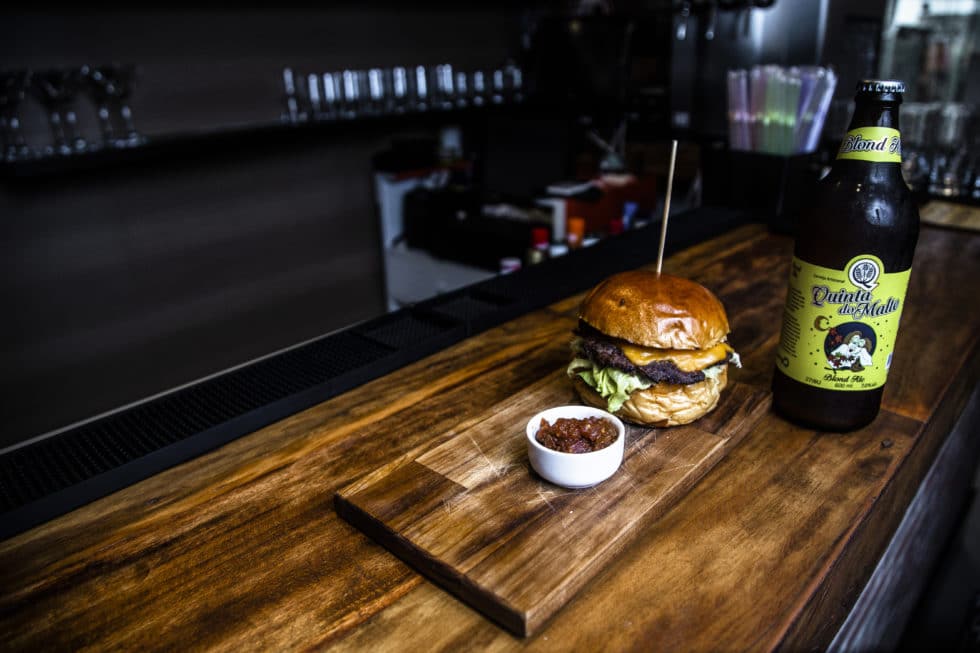The Germans love their cash. Particularly in the catering trade, we continue to hold on stubbornly to notes and coins. As a company whose products are dedicated to cashless and contactless payment in the gastronomy sector, you are faced with a challenge. But even in one of the last German cash bastions, digitalisation is increasingly finding its way into the market. Because the advantages of cashless payment can no longer be denied – both for the guest and the restaurateur. Whether card payment or convenient contactless payment via smartphone – there are several reasons why the development towards cashless payment is worthwhile for both sides.
An independent guest is a happy guest
The guest wishes for a pleasant and smooth restaurant visit.
But if you have to make sure that you have enough cash with you and don’t have to find an ATM first, the gastronomic experience is quickly spoiled. In addition, searching for the right notes and coins is annoying and time-consuming, especially when time is limited for lunch or a business lunch. Digital payment by card or smartphone, on the other hand, is fast and uncomplicated. With contactless card payments, even PIN entry and signature are not required for amounts under 25 euros.
The autonomy gained in this way offers guests a smooth gastronomic experience that is individually tailored to their needs. For the restaurateur, this means satisfied guests who prefer his restaurant to cash-only businesses and generally frequent it more frequently. Even in areas with a high volume of tourism, restaurateurs benefit from the possibilities of digital payment transactions, as many foreign guests prefer to pay by card rather than in cash.

The future is invisible
A further development that is emerging in the gastronomy industry is the so-called invisible payment, in which the direct exchange between waiter and guest during the payment process is completely eliminated. While active payment in restaurants can already be accelerated thanks to digital alternatives, guests still have to wait ten to twelve minutes on average to receive their bill. This costs valuable time and also disturbs the relaxed atmosphere.
In the future, restaurant guests will be able to conveniently pay for their order using an app when paying invisibly.
They check in at a participating restaurant, where they order from the waiter as usual. As soon as the guests leave the restaurant, the waiter is automatically informed and the billing process is started. For business lunches, it is also possible to enter the number of participants and the occasion, so that a receipts for hospitality that complies with the tax office can be created directly – manual checking and filing of receipts becomes obsolete. This innovative form of payment not only ensures that guests can enjoy a stress-free restaurant visit, it also relieves the burden on restaurateurs.
Myth of the cost trap: card payment pays off even for the smallest amounts

The highest inhibition threshold for restaurant operators when paying by card has so far been the costs incurred. Even for the smallest amounts, restaurateurs were often charged disproportionately high fees. Today, this is still the main reason why many German restaurants shy away from offering cashless payment methods. Due to EU regulation, bank charges have fallen significantly in recent years.
The interchange fee for card payments has been capped at 0.3 percent for credit cards and 0.2 percent for debit cards, thus making it sensible to withdraw the card even for so-called spillage amounts. In the meantime, digital payment alternatives are outpacing cash, especially in terms of efficiency and cost savings. Contrary to what many people assume, it is cash in particular that, in addition to higher costs, is also unnecessarily costly for restaurateurs. Just look at the fixed costs: Cash must be sorted, counted and settled. The next step is to securely store and transport the income and finally to pay it into the appropriate account at the bank, often subject to a fee. The respective steps require additional time, effort and personnel – all of which could be saved with card payments. And the potential for errors due to incorrect counting is also massively reduced, as is the risk of theft and loss of large amounts.
The larger the selection, the more satisfied the guests are.
Digital payment methods are becoming more and more popular and will become an indispensable part of the catering industry in the future. However, the primary objective is not to ban cash completely from the German gastronomy sector in the foreseeable future. Rather, operators should concentrate on covering as broad a range of products as possible. In addition to cash, this also includes the acceptance of national and international cards as well as possibilities for contactless and soon even invisible payment. The greater the choice of payment methods on offer, the greater the number of satisfied guests and the chance that they will return.

The author
Jakob Schreyer is co-founder and CSO of orderbird – Europe’s leading iPad POS system and provider of software solutions and additional services for the catering industry. orderbird’s goal is to provide individual caterers with inexpensive access to the tools of large caterers in order to keep up with the strong competition. Since its foundation in 2011, orderbird has managed to win over 10,000 restaurateurs.





